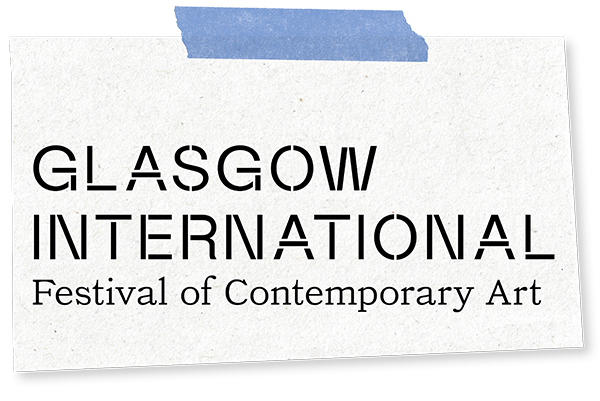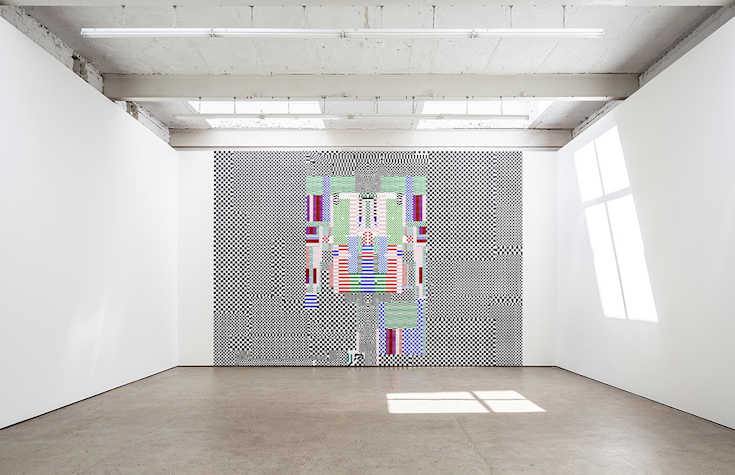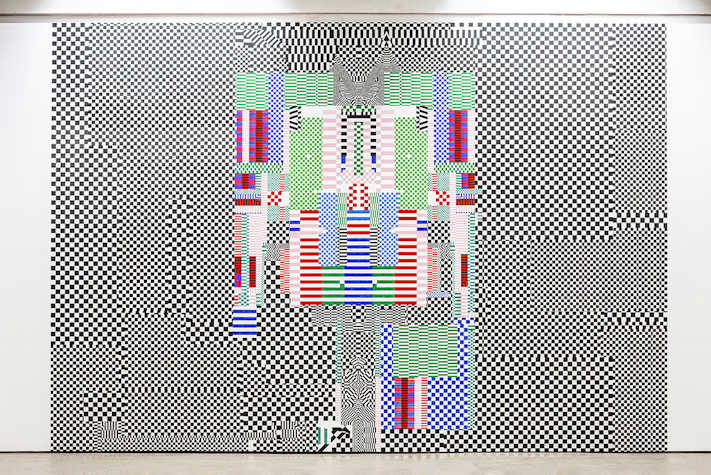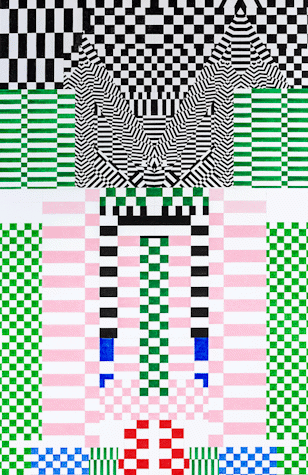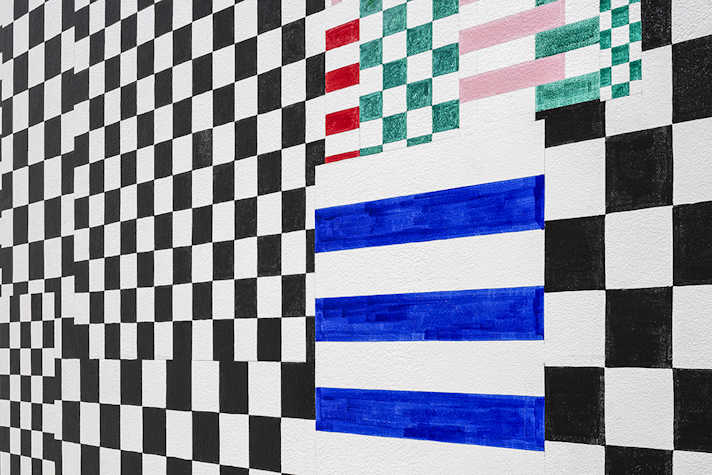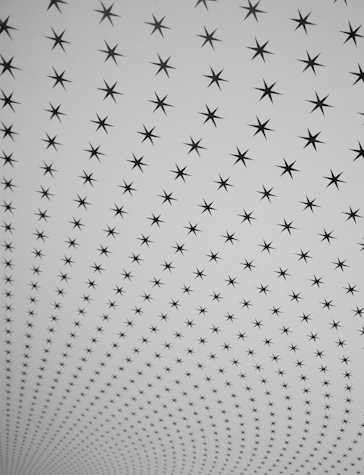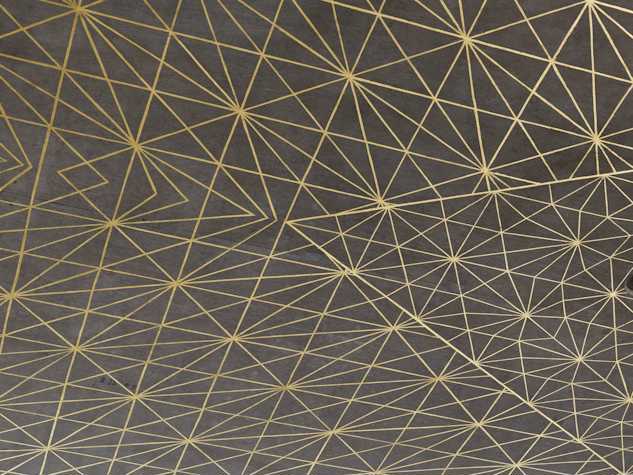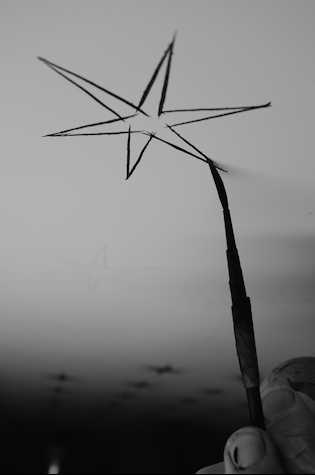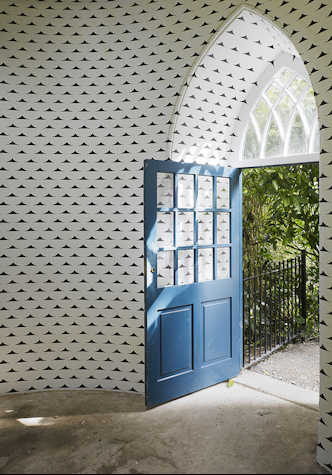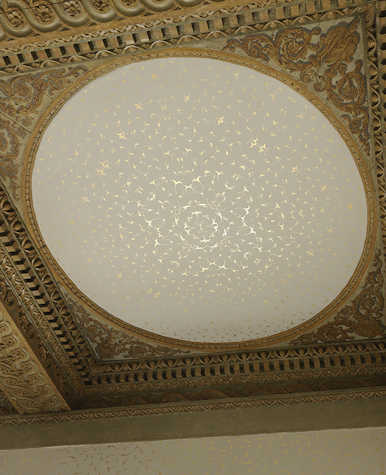This exhibition of new work by Turner Prize-winning artist Richard Wright responds to the architectural context of The Modern Institute’s Aird’s Lane space.
Richard’s practice moves across drawing, glasswork, and installation. He is perhaps best-known for his site-specific and sometimes temporary wall paintings. His work is stylistically diverse, often colliding a variety of motifs and condensing them into striking repeated geometric forms or producing intricate decorative patterns which play with symmetry and perspective. Richard doesn’t consider these pieces as discreet autonomous paintings, but conceptual gestures, which consider context and architecture.
In Richard’s installations, he engages with pre-existing architecture and utilises natural light to create various luminous and transcendent effects with his detailed interventions. He has spoken about ‘drawing as a way of thinking’ – Paul Klee’s emphasis on letting images emerge organically has proved particularly influential. His work also engages with a variety of other sources: from the prog rock record sleeves of Roger Dean and Stanley Mouse to the custom painting of hot rod cars, from the concrete language of Constructivism to the English mysticism of Samuel Palmer.
